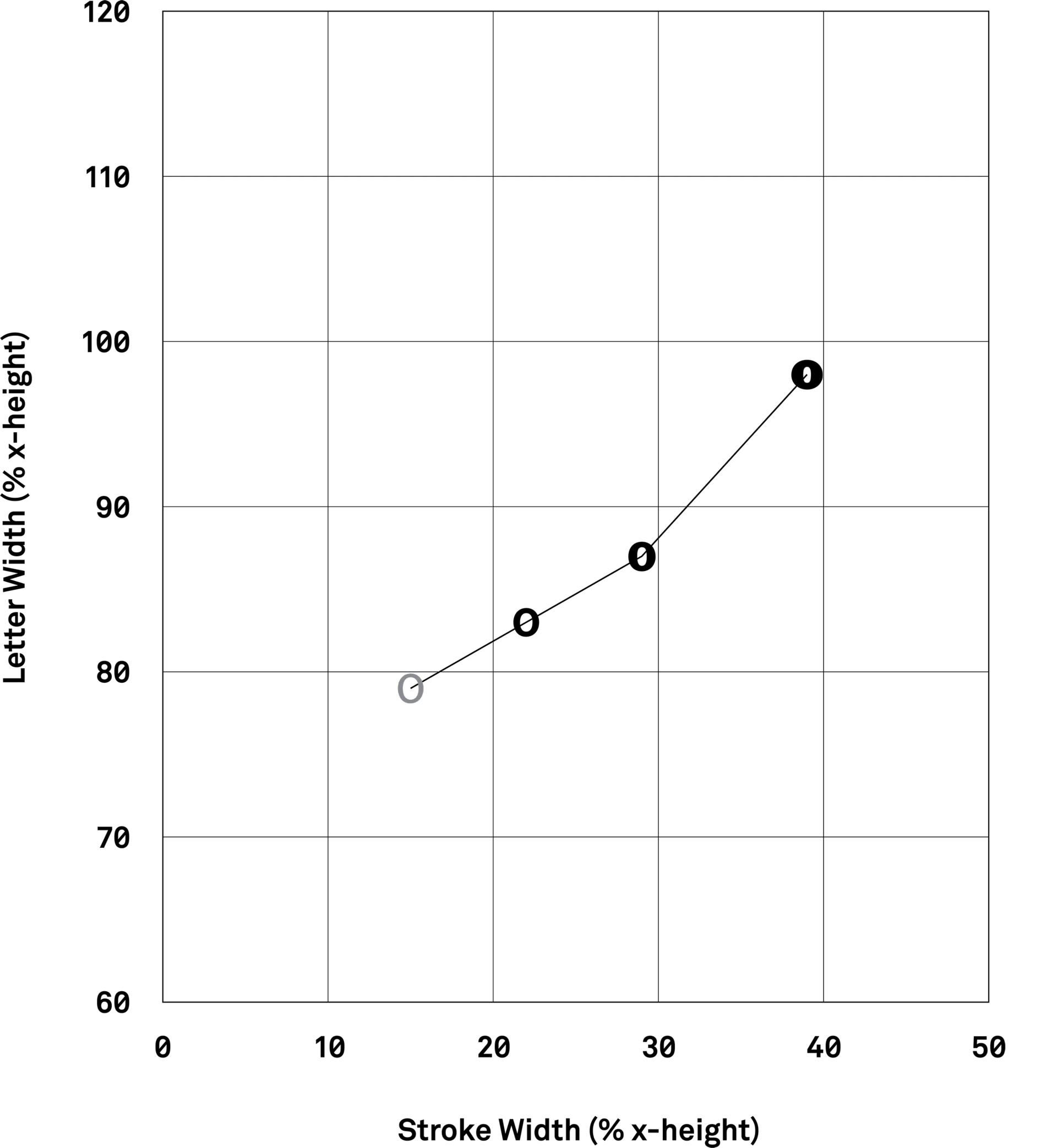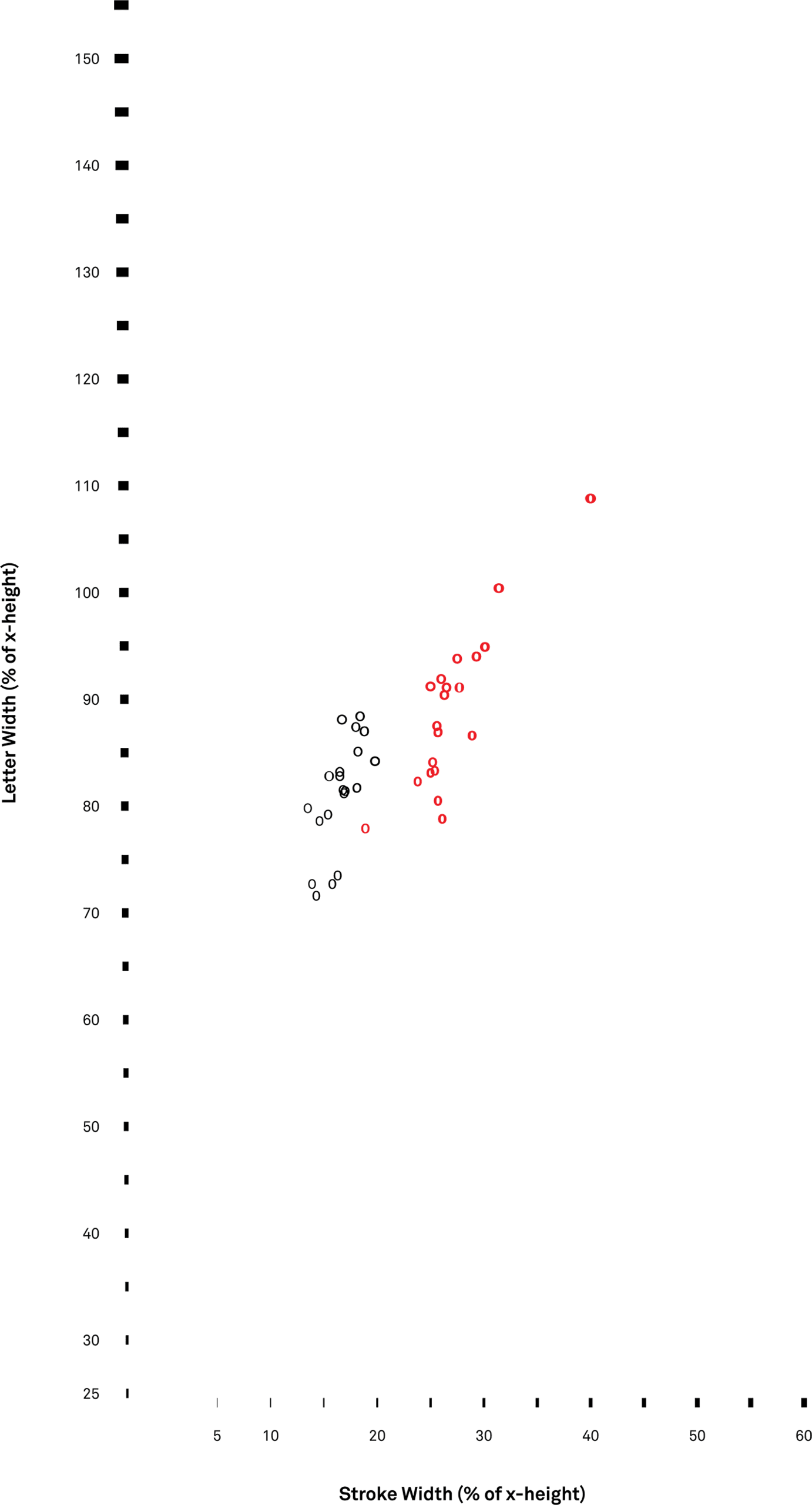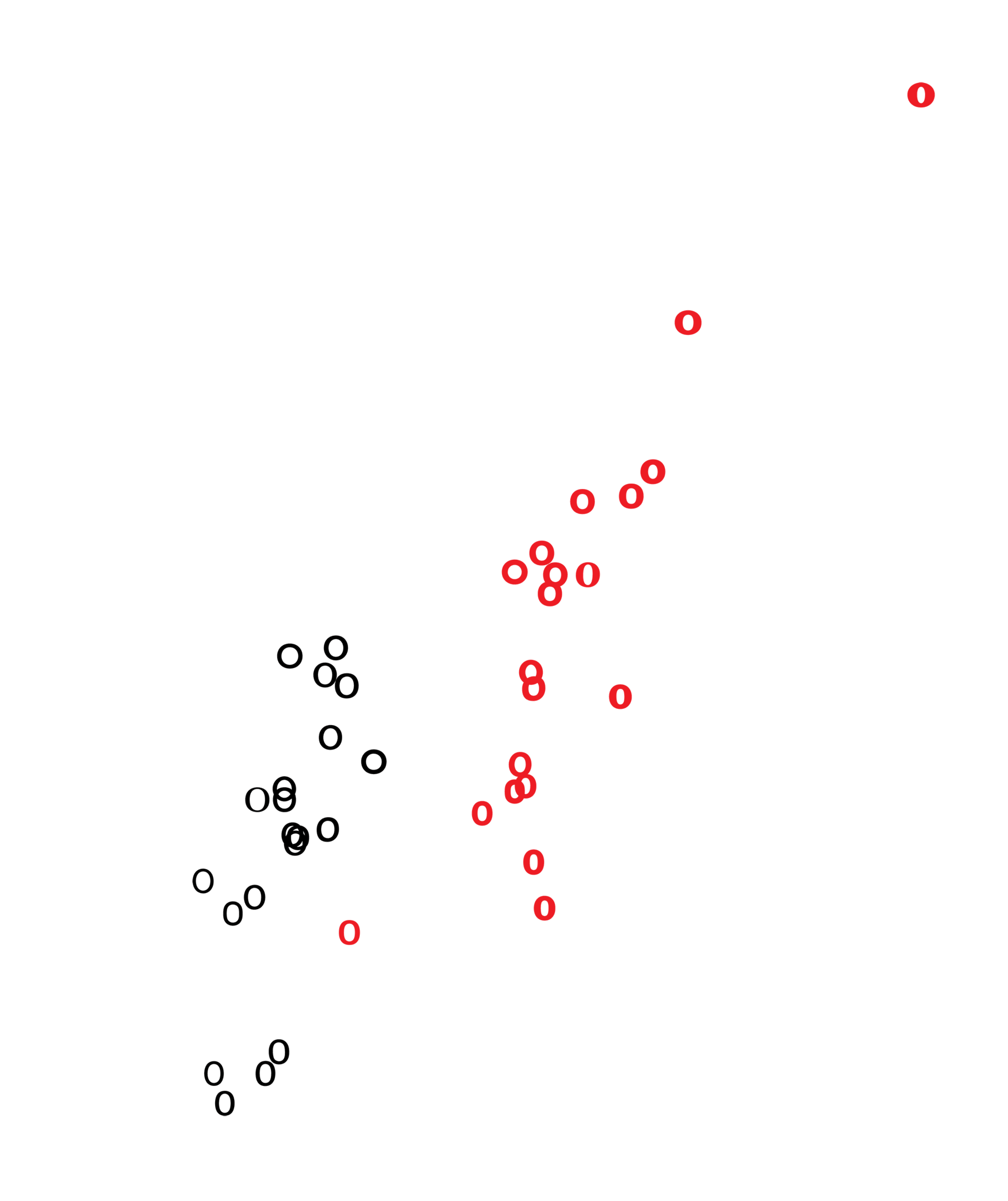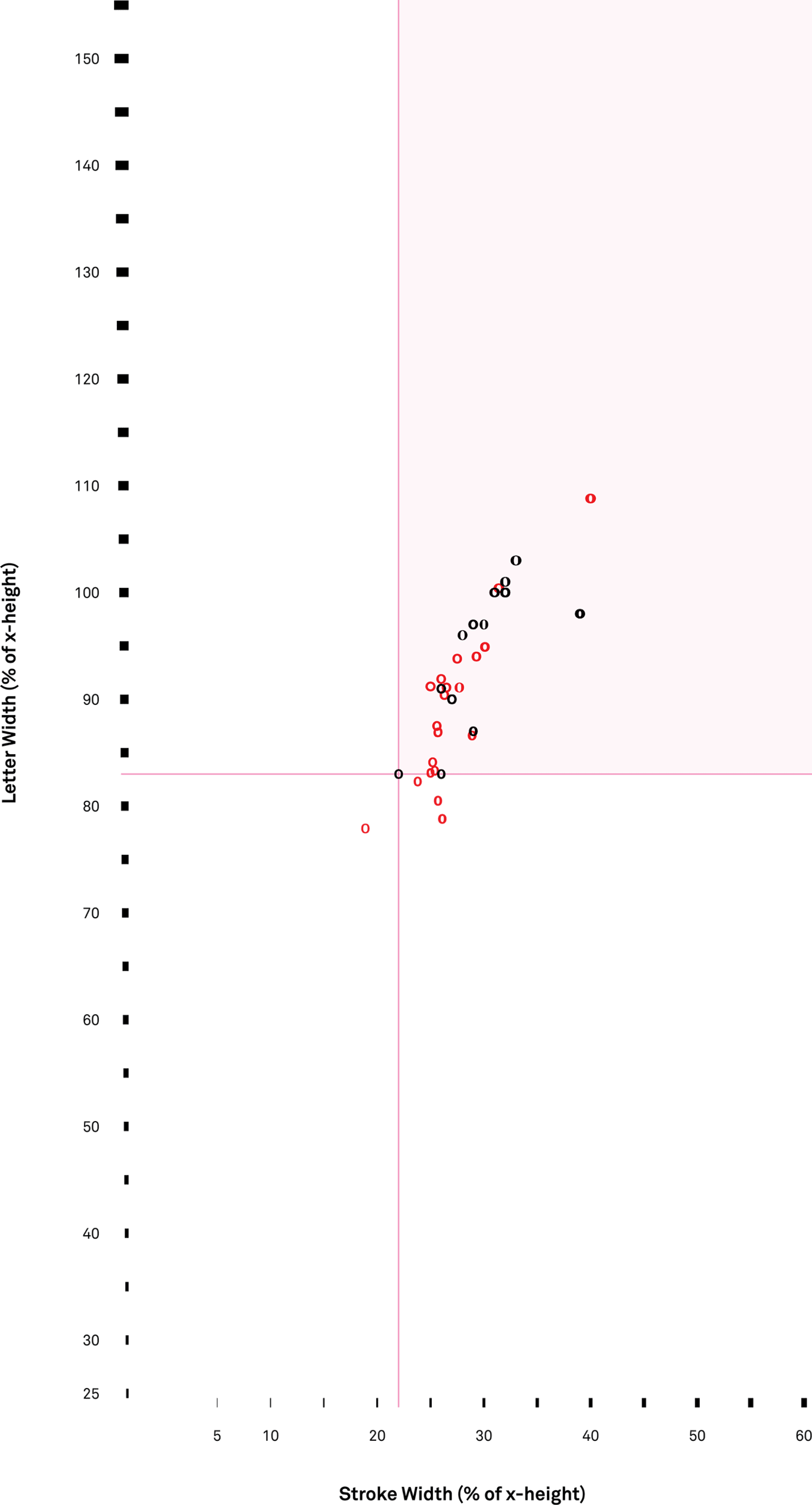Hello! I am an Assistant Professor of Graphic Design at OCAD University in Toronto, Canada. My work is driven by inclusivity, challenging disciplinary boundaries, and design as an agent for positive social change. I approach my work with the perspective of a person with a disability, and a background in science (MSc Biology) and design (BDes Graphic Design).
My PhD research is focused on typeface legibility for adults with low vision. This interdisciplinary research makes a significant contribution to a field still lacking in evidence-based accessible design guidelines. Please see “Statement” for more information.
Alongside my PhD research, I have developed a design practice termed data manifestation, through a hybrid teaching and research practice at RCA and then at OCAD U. Data manifestation helps people to understand complex statistics by communicating them in simple and visceral ways through objects, installations, and sensory experiences. Implicit in this work is making data accessible to people who may lack skills in numeracy or statistical literacy. My publications have focused on creating meaningful connections with data in the areas of COVID-19, climate change, and various social issues. See my website for further information.
Please feel free to get in touch …
PUBLICATIONS
Von Ompteda, K. (forthcoming) ‘Data Manifestation: Climate Change Data in the Home and on the Body’, in: L. Atzmon (ed), Design & Science, London: Bloomsbury Press.
Von Ompteda, K. (2022) ‘Data and Emotion: The Climate Change Object’, in: I. Gwilt (ed), Making Data: The Creative Practice of Materialising Digital Information, London: Bloomsbury Press.
Von Ompteda, K. (2021) ‘Creating Meaningful Connections Through COVID-19 Data Manifestation’, IEEE VIS 2021 Arts Program (VISAP ’21), 24-29 October, Virtual.
Von Ompteda, K. (2019) ‘Data Manifestation: A Case Study’, in: T. Triggs and L. Atzmon (eds), The Graphic Design Reader, London: Bloomsbury Press.
Von Ompteda, K. (2019) ‘Data Manifestation: Merging the Human World and Global Climate Change’, IEEE VIS 2019 Arts Program (VISAP ’19), 21-25 October, Vancouver, Canada.
Von Ompteda, K. and Walker, K. (2015) ‘Translating the Quantum World to Human Scale: An Art-Science Collaboration’, IEEE Computer Graphics and Applications, 35(3), 74-81.
Walker, K. and von Ompteda, K. (2014) ‘PhysicSpace: From Quantum to Human Scale’, IEEE VIS 2014 Arts Program (VISAP ’14), 9-14 November, Paris, France.
Von Ompteda, K. (2011) ‘Typo Transparencies’, Grafik Magazine, G192. pp.83-97.
Von Ompteda, K. (2009) ‘Innovation in Inclusive Typography: A Role for Design Research’, in: Proceedings of Include 2009: International Conference on Inclusive Design, 5-8 April, London: Helen Hamlyn Centre.
INVITED PRESENTATIONS (Selection)
Eastern Michigan University, Ypsilanti, United States (2019)
Dagstuhl Seminar on Data Physicalization, Wadern, Germany (2018)
Leonardo Art Science Evening Rendezvous (Lasers), Toronto, Canada (2017)
Code Creators Summit, Digital Catapult Centre, London, UK (2016)
BBC World Service, The Forum, London, UK (2014)
Arts Council England, Manchester, UK (2014)
Information Design Association, London, UK (2013)
Interaction x Information Innovation Forum, Beijing, China (2013)
Information in Style Symposium, CAFA Art Museum, Beijing, China (2013)
TYPO London, London, UK (2011)
Central Saint Martins, London, UK (2009)
DATA MANIFESTATION WORKSHOPS (Selection)
Arts Council England, Manchester, UK
Royal College of Art, London, UK
University for the Creative Arts, Epsom, UK
OCAD University, Toronto, Canada
China Central Academy of Fine Arts (CAFA), Beijing, China












